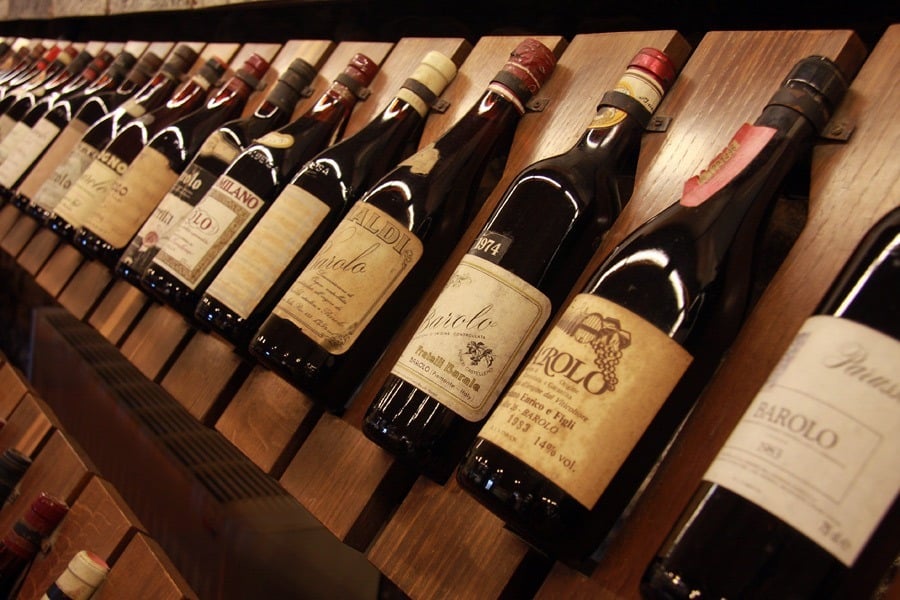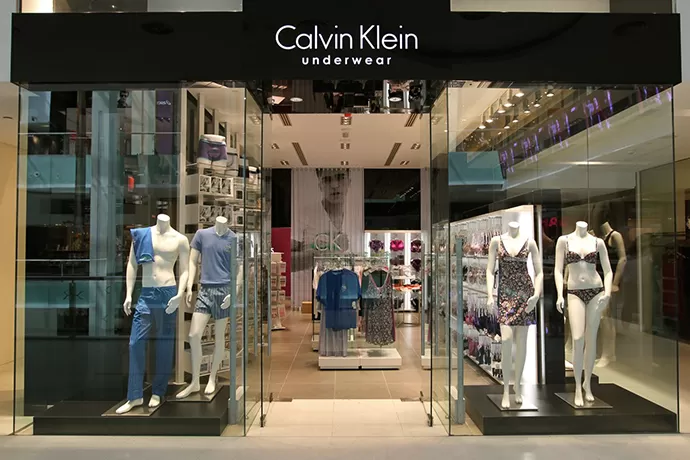This ecommerce retailer guide to the wine regions of Italy shows to illustrate the depth of knowledge required to satisfy each consumer appetite in their product selection. Italy is home of a huge array of wines, regions, grape varieties and wine styles. From the misty, lush rolling hills of the north to the sun-drenched hills of Tuscany, Umbria, the Marche and Abruzzo, to the southern lands of Puglia, Calabria and Basilicata, while not forgetting the islands of Sicily and Sardinia.

The home of Chianti, Barolo, Prosecco, Valpolicella, Soave, Orvieto, Etna, Italy has a rich and diverse wine heritage dating back more than four thousand years. Famous for its bewildering diversity of both grape varieties and wine styles, Italy is also significant for the sheer volume of wine it produces: just over 5.6 billion litres (around 1.5 billion US gallons), from 695,000 hectares (1.7 million acres) of vineyards.
It is rivaled in this regard only by France and Spain, and in 2018 the country produced roughly 19 percent of the world’s wines.
Managing and marketing such a vast wine portfolio is no easy task, particularly in today’s highly competitive wine market. The Italian government’s system of wine classification and labeling uses a four-tier quality hierarchy made up of more than 500 DOCG, DOC/DOP and IGT titles. See Italian Wine Labels.
Italy is divided into 20 administrative regions (see right), all of which produce wine, and all of which contain several wine regions. The most significant, when both quality and quantity are taken into consideration, are Tuscany, Piedmont and Veneto.
The wine regions of Italy
Each region has its flagship wine styles. Some are famous because they are produced in large volumes and can be found all over the world, others because of their consistently high quality.
The wines of Northern Italy
Similarly, Veneto‘s vast output (the region made over one billion liters of wine in 2021) of Prosecco, Soave, Valpolicella and varietal Pinot Grigio does little to boost its reputation as a fine wine region, and yet it produces one of the world’s richest, finest wines: Amarone della Valpolicella.
In the very northeast, Friuli marks not only the blurred boundary between Italy and the countries of Slovenia and Austria but also hosts both a high-quality, often varietally labeled, wine industry alongside a more cult, minimal intervention wine scene in the likes of Collio Goriziano on the border with Slovenia.
Alpine Trentino and Valle d’Aosta are similar (although wine production in the Aosta Valley is a tiny 2.1 million liters annually – the smallest region in the country), with cultural and winemaking influences from across the border in Austria and Switzerland respectively as well as boasting something of a cult following.
Between the two, Piedmont should need little introduction (as the picturesque home of Barolo, Barbaresco and Moscato d’Asti, among others, it would be hard to miss in most wine shops and lists) while Lombardy has a now well-established reputation for sparkling wines, primarily due to the global fortunes of the Champagne-influenced Franciacorta.
Although Liguria would appear to have it all – a range of interesting grape varieties (including Vermentino found along the Mediterranean coast into France), a dramatic and highly evocative coastal scenery and small-scale production – it remains rarely seen outside of its domestic market. Emilia-Romagna, meanwhile, has yet to relive the fortunes of the once-favored Lambrusco sparkling wines (although the sparkling red wine style is having something of a revival in some circles) despite producing a range of wines worthy of greater attention.
The wines of Central Italy
Tuscany is Italy’s poster child. Known for its rolling hills, terracotta-tiled roofs, cypress tree-lined roads and generic Chianti, of course. However, among devoted wine aficionados its Brunello di Montalcino and Vino Nobile di Montepulciano – as well as Chianti Classico – are more highly regarded.
On the other side of the Appenines, the Marche and Abruzzo face the Adriatic and boast easily as much picturesque scenery as Tuscany. The Marche’s flagship wines are undoubtedly the herbaceous and nutty whites of Verdicchio dei Castelli di Jesi while Abruzzo’s Montepulciano d’Abruzzo seems to boast as many fans as it suffers repetitive reminders not to be confused with Vino Nobile di Montepulciano.
Predictive personalisation, automatically offers each person the products they want
If this guide has suggested anything, it the infinite variety of the products each wine buyer needs you to nourish your relationship with them personally. Everyone is different and, as this guide suggests, even within Italy, there are infinite varieties and derivations of taste.
Vintners and vineyards alike, to maximise their returns, must ensure that the wine offered is of specific interest to each individual. This is impossible to do manually. You can’t do it for several thousand people, let alone tens of thousands.
Install predictive personalisation software onto your platform – a 2 minute job, which immediately uses both the buying history of each individual, but also their impressions as they roam about your site, to identify each consumer’s preferences and presents it to them by email a couple of times each month. PPS complements any other activity you do, and has the highest ROI in online marketing.
You have had to do nothing, as it is completely autonomous, and the world’s leading research companies all agree it delivers the highest return in wine ecommerce marketing. Take a free trial of PPS software today, and give your customers what they want every time.
You may enjoy to read more article on wine ecommerce here.





